CNC Machining Stainless Steel Pipe Bushing High Pressure Superior Hex Reducer Bushing Pipe Fittings
CNC Machining Stainless Steel Pipe Bushing High Pressure Superior Hex Reducer Bushing Pipe Fittings
- الوصف
- مراجعات (0)
الوصف
What is a Stainless Steel Pipe Bushing?
A stainless steel pipe bushing is a type of pipe fitting used to connect two pipes of different sizes. It is a short, cylindrical component with male threads on its outside and female threads on its inside. This design allows it to be screwed into a larger fitting (like a coupling or valve) and, in turn, receive a smaller, male-threaded pipe. Its primary function is to reduce the size of a pipe opening in a threaded piping system. As it is made from stainless steel, it offers excellent strength and superior resistance to corrosion, rust, and high temperatures.
Materials of Stainless Steel Pipe Bushing
Stainless steel pipe bushings are primarily made from various grades of stainless steel to meet different environmental and strength needs. The most common grades are:
304 Stainless Steel: The most widely used grade, offering excellent corrosion resistance and good formability. It is suitable for most standard applications involving water, food, and mild chemicals.
316 Stainless Steel: Contains molybdenum, which provides significantly enhanced resistance to chlorides and corrosive agents like salt water and many industrial chemicals. It is the preferred choice for marine and highly corrosive environments.
316L Stainless Steel: A low-carbon version of 316, making it ideal for welding applications as it minimizes the risk of carbide precipitation and subsequent corrosion in the weld zone.
Surface Finishes of Stainless Steel Pipe Bushing
While stainless steel is naturally corrosion-resistant, various surface finishes can be applied for specific functional or aesthetic purposes. Common finishes include:
Natural/Mill Finish: The standard unfinished surface as it comes from production, which is still fully functional for many industrial applications.
Passivation: A chemical process that removes free iron from the surface, enhancing the natural oxide layer and maximizing the inherent corrosion resistance of the stainless steel.
Electropolishing: An electrochemical process that removes a thin layer of surface material, resulting in a very smooth, bright, mirror-like finish that further improves corrosion resistance and cleanability.
Bead Blasting: A process that creates a uniform, non-directional, matte (satin) surface finish.
Specifications
Key specifications for stainless steel pipe bushings are defined by standardized systems to ensure proper fit and function. The primary specifications include:
Pipe Size: Defined by the nominal pipe sizes (NPS) it connects (e.g., reducing from 1 inch to 1/2 inch).
Thread Standard: The most common standard in North America is NPT (National Pipe Tapered), which creates a seal through thread interference. Other standards include BSPT (British Standard Pipe Taper).
Schedule/Wall Thickness: This indicates the pressure rating and wall thickness of the bushing, such as Schedule 40 (standard) or Schedule 80 (heavy-duty).
Hex Size: Many bushings feature an external hex head, which is sized to allow for standard wrenching during installation.
Application Fields
Due to their durability and corrosion resistance, stainless steel pipe bushings are used across a wide range of industries:
Plumbing and Water Treatment: For potable water systems, water purification plants, and wastewater handling.
Chemical and Pharmaceutical Processing: In systems that transport aggressive chemicals, solvents, and high-purity process fluids.
Food and Beverage Industry: Where hygiene, cleanability, and resistance to cleaning agents are paramount.
Marine and Offshore Applications: On ships, docks, and offshore platforms where exposure to saltwater is constant.
Oil and Gas Industry: For certain upstream and midstream applications requiring corrosion resistance.
General Industrial Machinery: For hydraulic and pneumatic systems, and general equipment piping.
Excellent Case: A Coastal Desalination Plant
A desalination plant located on a coast uses high-pressure pumps to force seawater through reverse osmosis membranes. The connecting pipes for the highly saline feedwater are made from 316 stainless steel.
Why it’s an excellent choice:
During a system modification to install new monitoring sensors, engineers needed to connect a 1-inch sensor to a 2-inch main feed line. They used a Schedule 80, 316 Stainless Steel bushing with NPT threads. The 316 stainless steel provided essential resistance to pitting and crevice corrosion from the highly chlorinated seawater. The heavy-duty Schedule 80 wall thickness ensured it could handle the system’s high operating pressure without failure. The NPT tapered threads created a strong, pressure-tight seal without requiring additional sealants that could contaminate the water. This reliable fitting ensured a leak-free, durable, and maintenance-free connection in one of the most challenging corrosive environments.




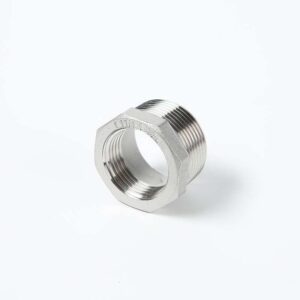
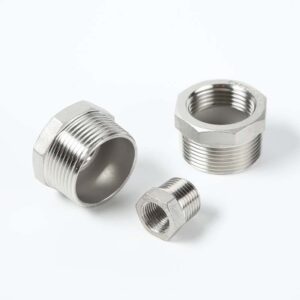


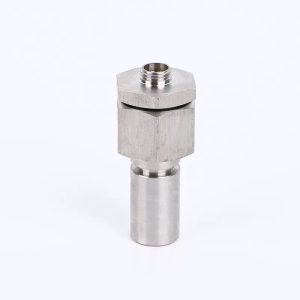
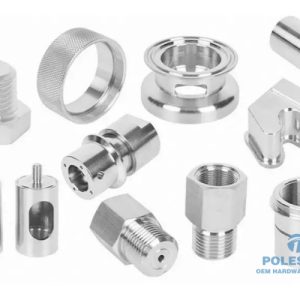
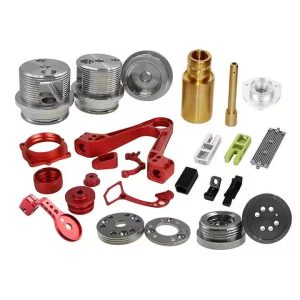
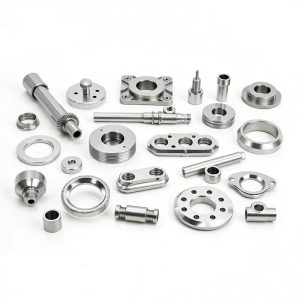
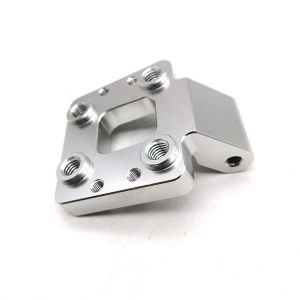
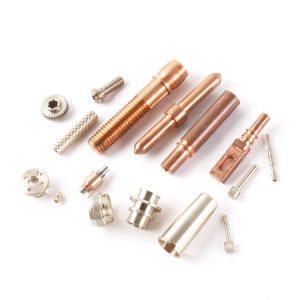
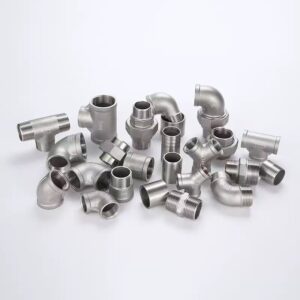
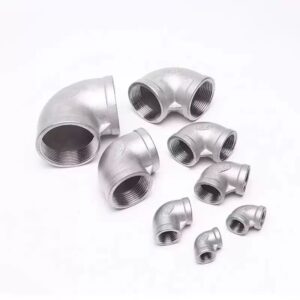
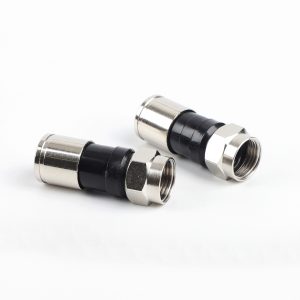
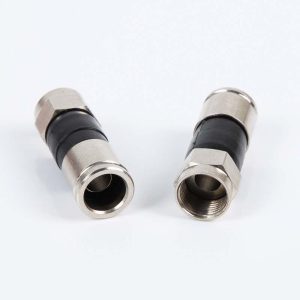
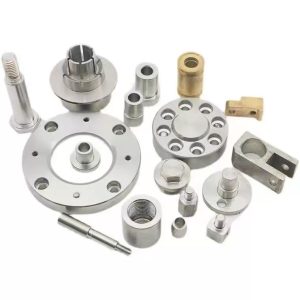
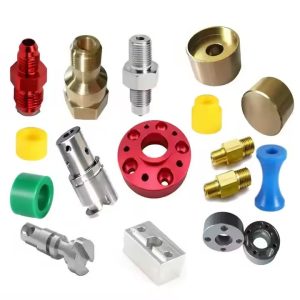
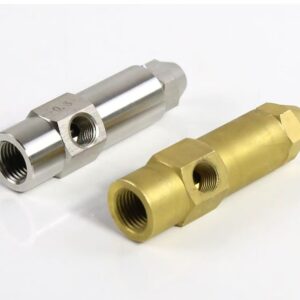
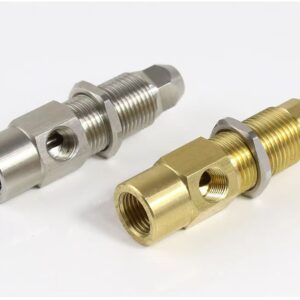
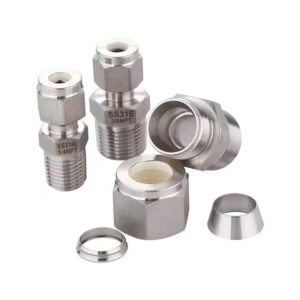
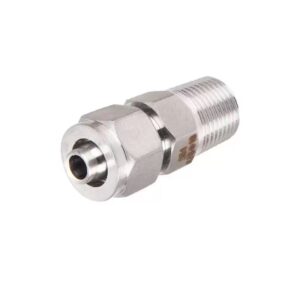
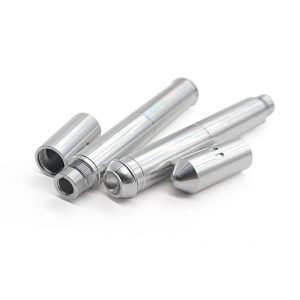
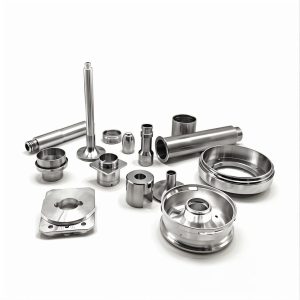
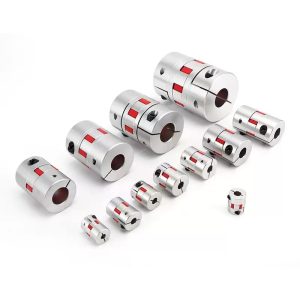
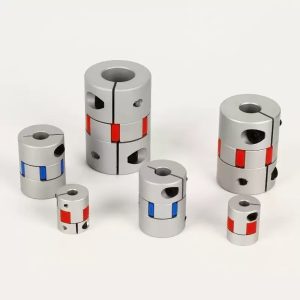
المراجعات
لا توجد مراجعات بعد.